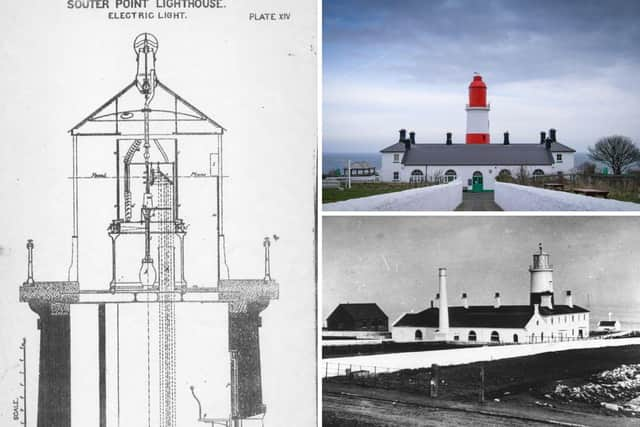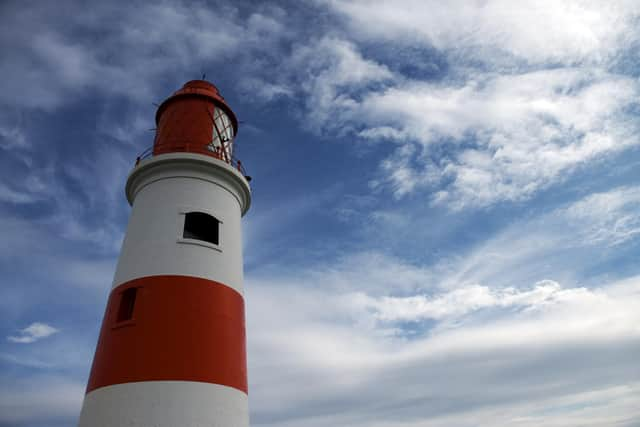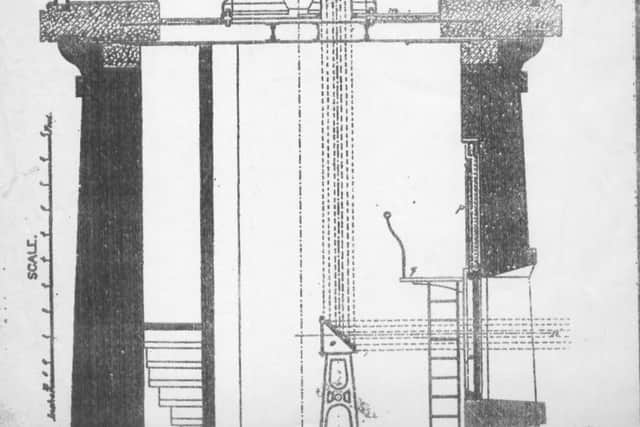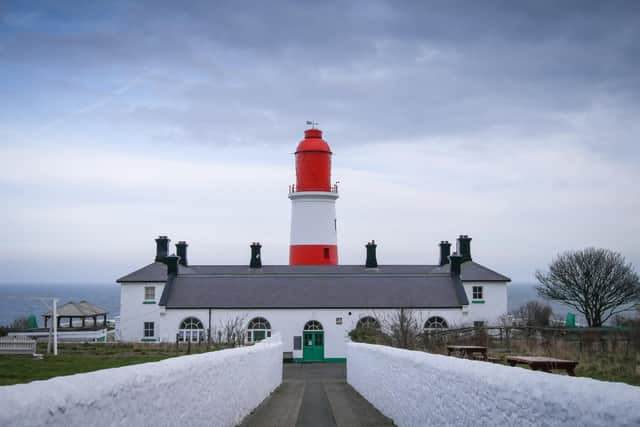National Trust's Lonely Souter Lighthouse prepares to mark 150th anniversary in lockdown
and live on Freeview channel 276
It will be 150 years on Monday that Souter Lighthouse, a landmark familiar to residents and visitors on the South Tyneside coast, began its working life on January 11, 1871.
The site is run by National Trust as a heritage attraction, but remains closed to visitors due to the pandemic, with lockdown restrictions meaning to anniversary celebrations can be held.
Advertisement
Hide AdAdvertisement
Hide AdThe lighthouse was a technological marvel of its age. At the time it was built, the coastline between the River Wear and River Tyne was treacherous to shipping; with submerged rocks and constant smog from local industry, it claimed up to twenty ships per year.


Trinity House, the organisation which is still responsible for lighthouses today, recognised that a new beacon was needed, and work began to create Souter.
Kate Devlin, National Trust Collections and House Officer at Souter Lighthouse, said: “We’re proud of the fact that Souter plays an important part in the history of lighthouses.
"It was designed by Sir James Douglass, who was engineer-in-chief to Trinity House, as the first lighthouse purpose-built to use an electric light.
Advertisement
Hide AdAdvertisement
Hide Ad"This was a huge leap as, at that time, lighthouses were usually lit with oil lamps. This new technology was very exciting and meant a brighter, more reliable light could be produced by an arc lamp.”


Steam-powered generators at the lighthouse produced an alternating current which was forced to jump between two carbon rods, creating the light.
Douglass also came up with a pioneering method to divert the light that would otherwise shine inland and be ‘wasted’.
He used a series of prisms to make it shine from a window on the floor below the main lamp instead. The light guided shipping around submerged rocks in the bay south of the lighthouse.
Advertisement
Hide AdAdvertisement
Hide AdThe window was split into two colours, red and white. If the white light could be seen, the ship was safe. If the red could be seen, the ship was on course for the rocks.


"Visitors can spot the window near the top of the tower and know it’s no ordinary window,” said Kate.
Some facts about Souter Lighthouse:
:: Souter remained an operational lighthouse until 1988, and was taken on by the National Trust and opened to visitors in 1990.
:: Souter Point Lighthouse, to give it its full name, is actually built on Lizard Point. Souter Point was the original site identified for the lighthouse, but Lizard Point, a little further north, was considered a better site due to its higher cliffs. There was a problem though: there was already a Lizard Lighthouse in Cornwall, so Souter Lighthouse’s name stuck.


Advertisement
Hide AdAdvertisement
Hide Ad:: Souter lighthouse cost £15,148 to build, which would be in the region of £7.5million today.
:: The Optic, the glass lens at the top of the lighthouse used to magnify the light, is made up of 1008 glass prisms. This lens, like those in lighthouses all over the world, was designed by a man named Augustin-Jean Fresnel. Fresnel lenses are still used today, including in car headlights.